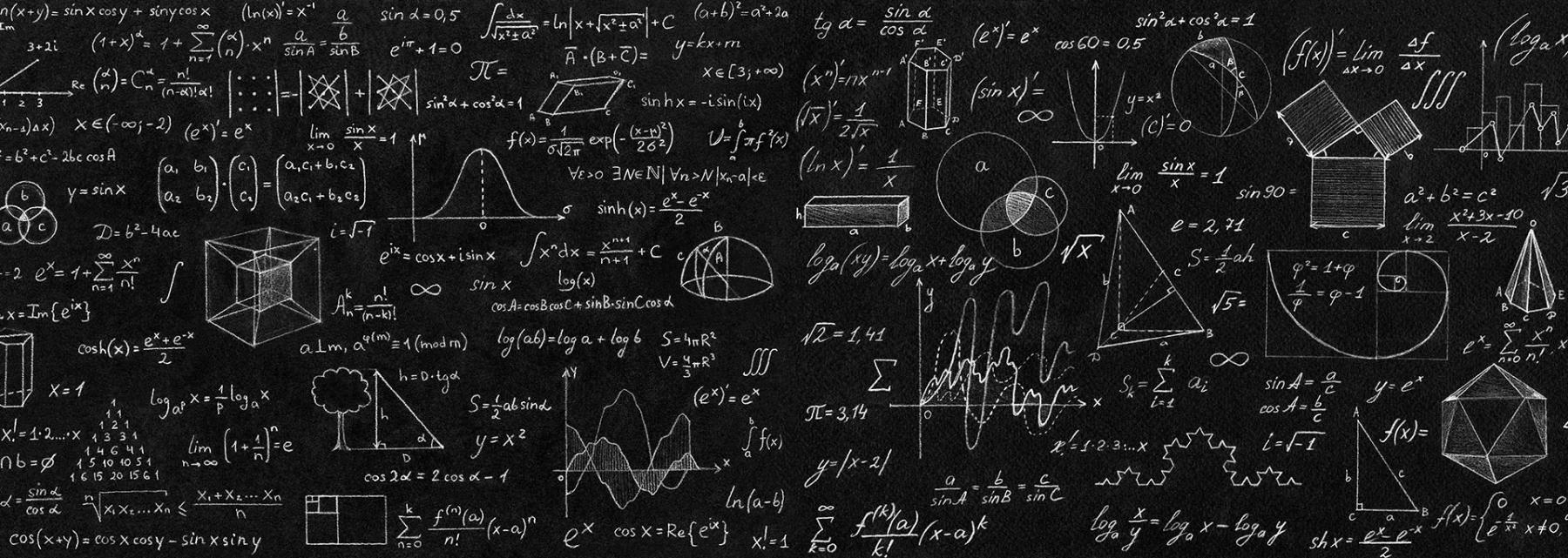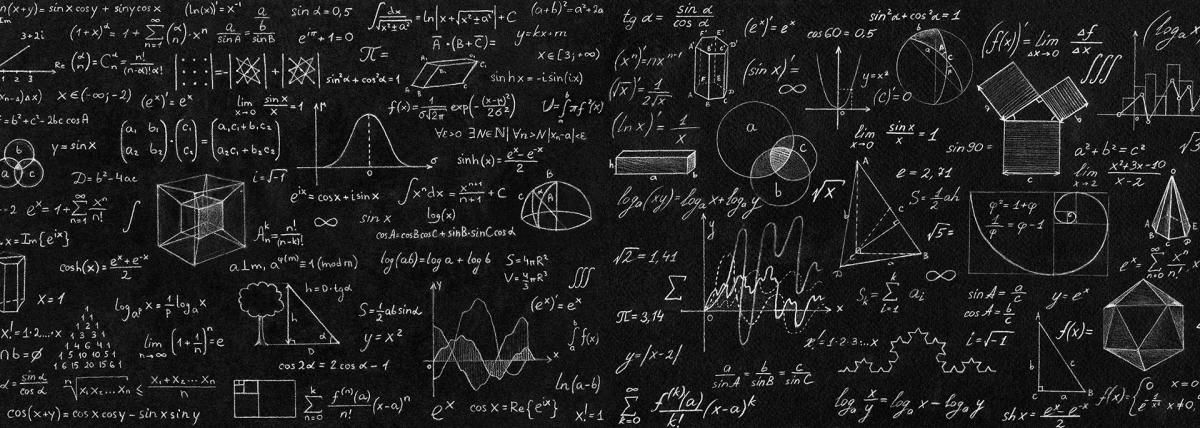
Balancing Act
This lesson aims to introduce the concept of equilibrium point by creating and revising a model.
This hands-on lesson encourages students to explore the concepts of equilibrium and balance while promoting consensus-building within their small groups. It encourages critical thinking, collaboration, problem-solving, and communication skills, which are essential in the scientific process.
I use this lesson early in the year and refer back to it when creating force diagrams. It is a great introductory lab to start modeling consensus building in the classroom.
Lesson Plan Link/URL
https://docs.google.com/presentation/d/1FehYSjS48Li5IK7ehxeIWiw-K6qZsK80/edit?u…Subject Area
Science Physical Science P3: Net Force Technology 3. Knowledge Constructor 6. Creative Communicator Mathematics Measurement and Data (MD) English Language Arts (ELA) Speaking & ListeningRelated Content

The goal of these lessons is to introduce work and power and then apply it by having students find the power produced by a future NFL player. The students will then be challenged to see what type of

Students use a constant velocity, battery powered vehicle to determine the relationship between position and time. They use their results to determine the formula for speed (change in position/time).
